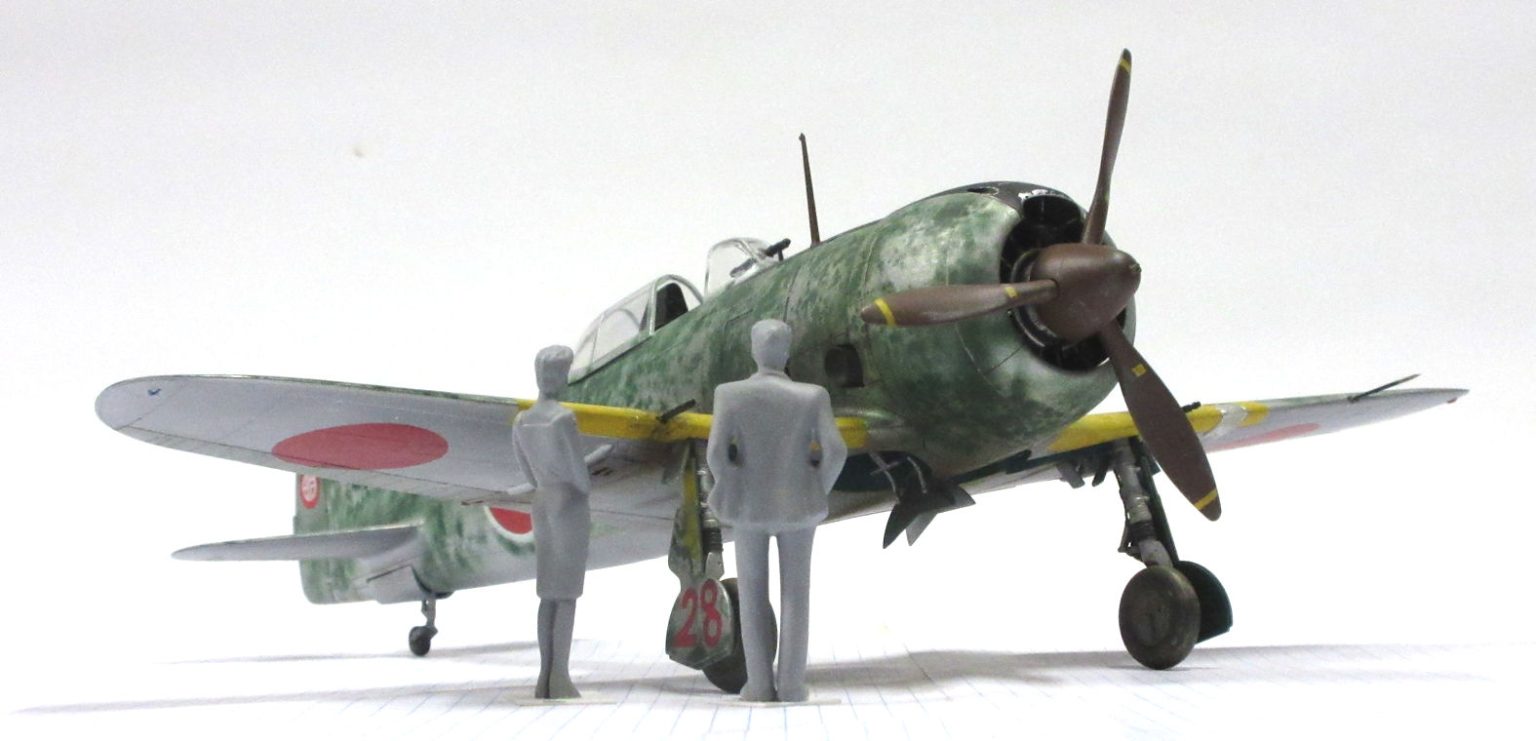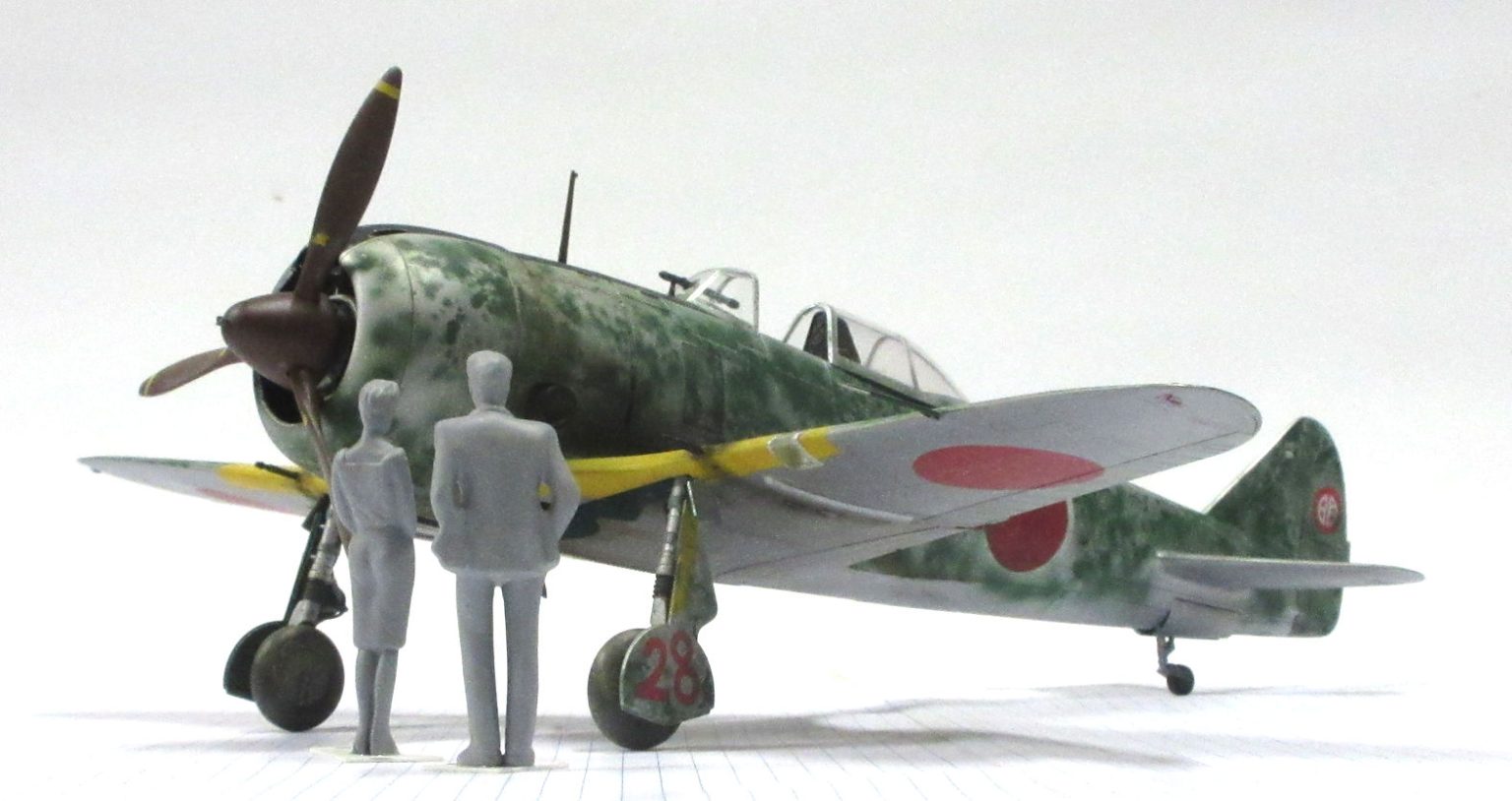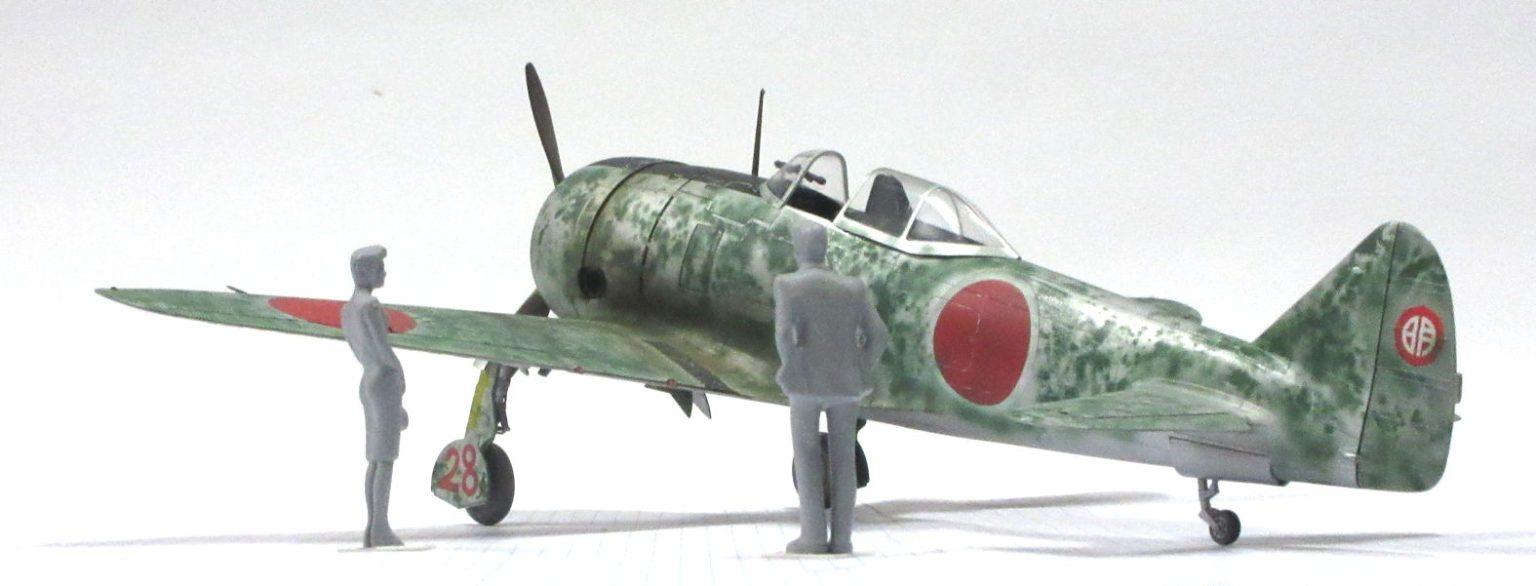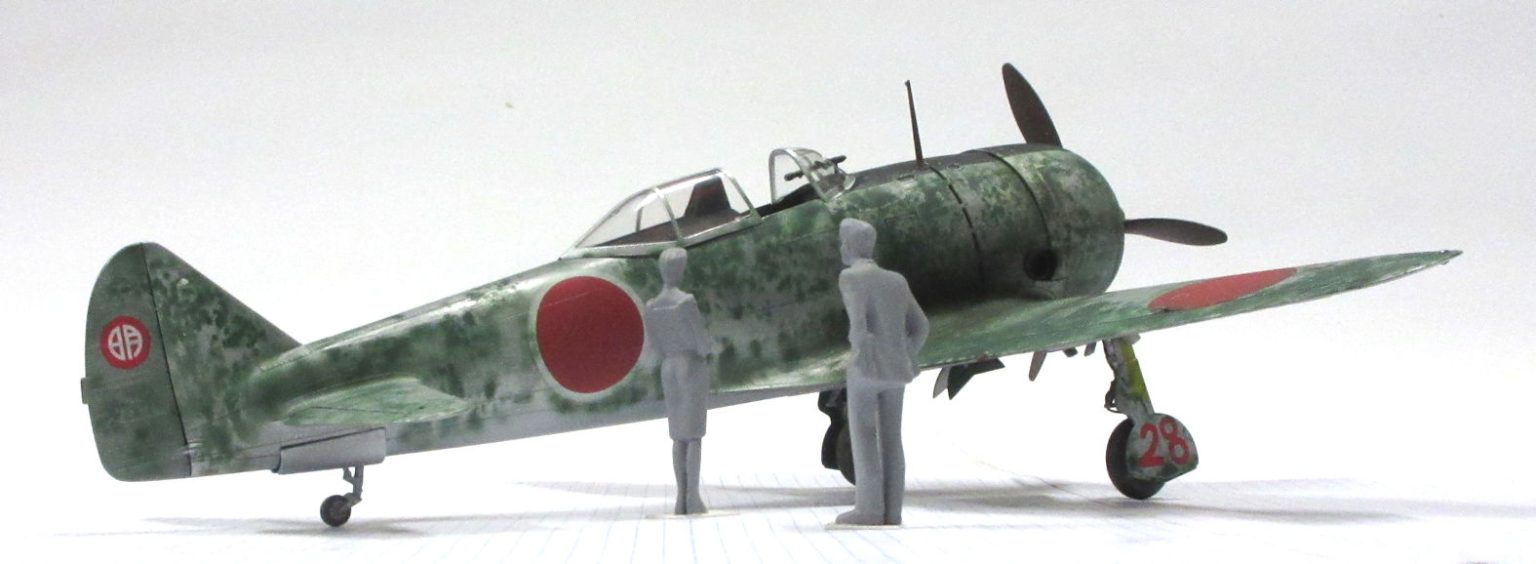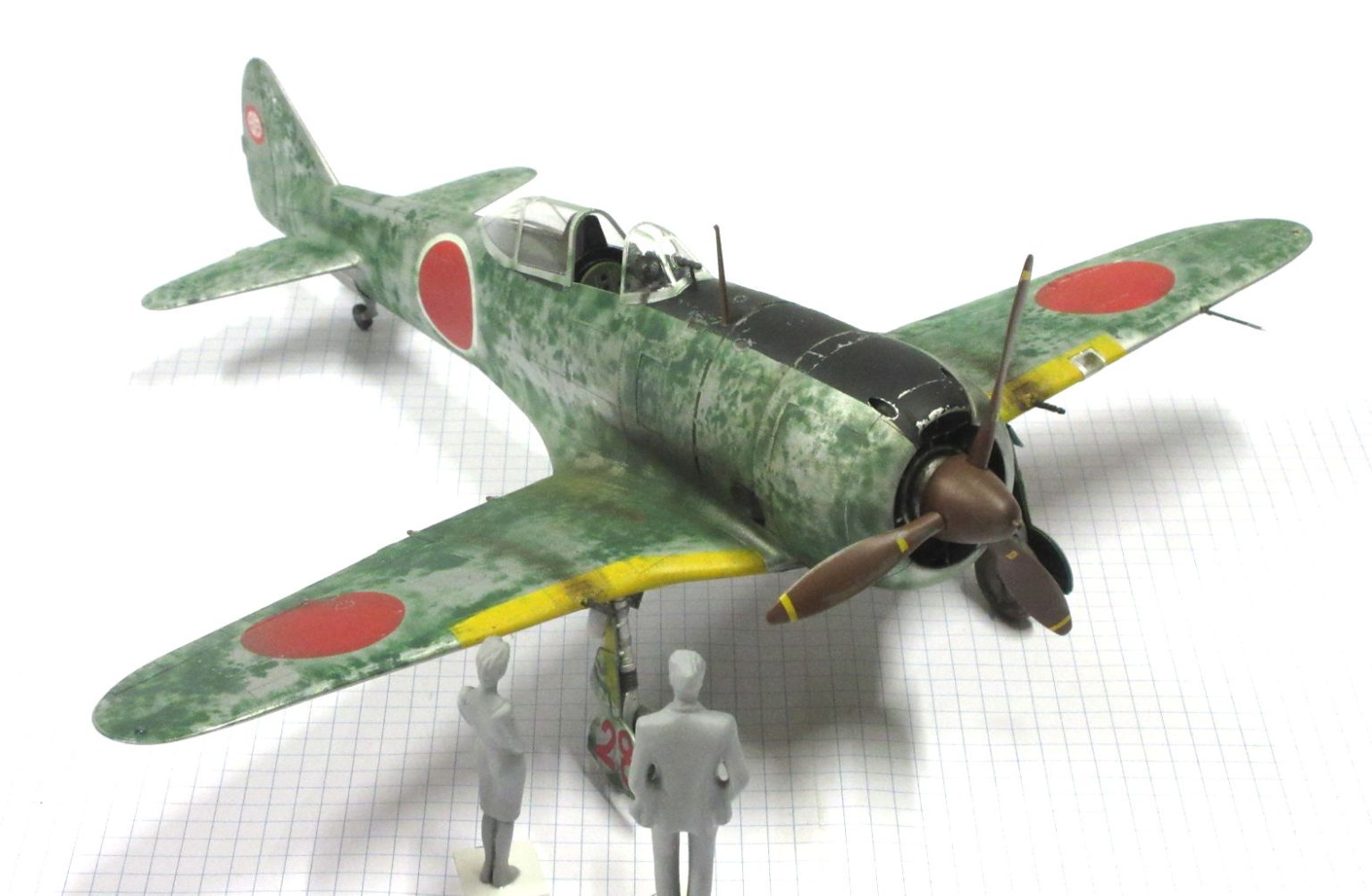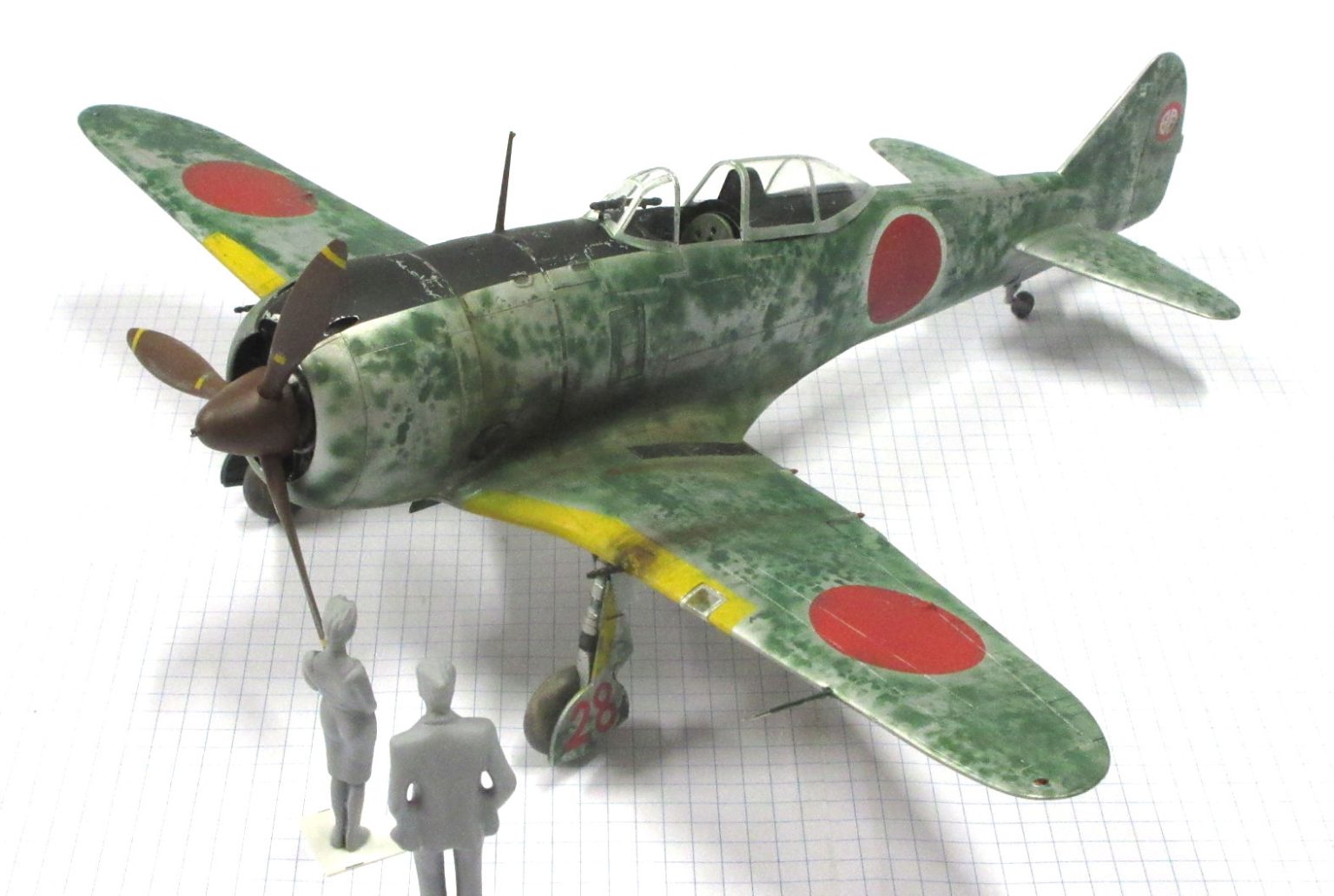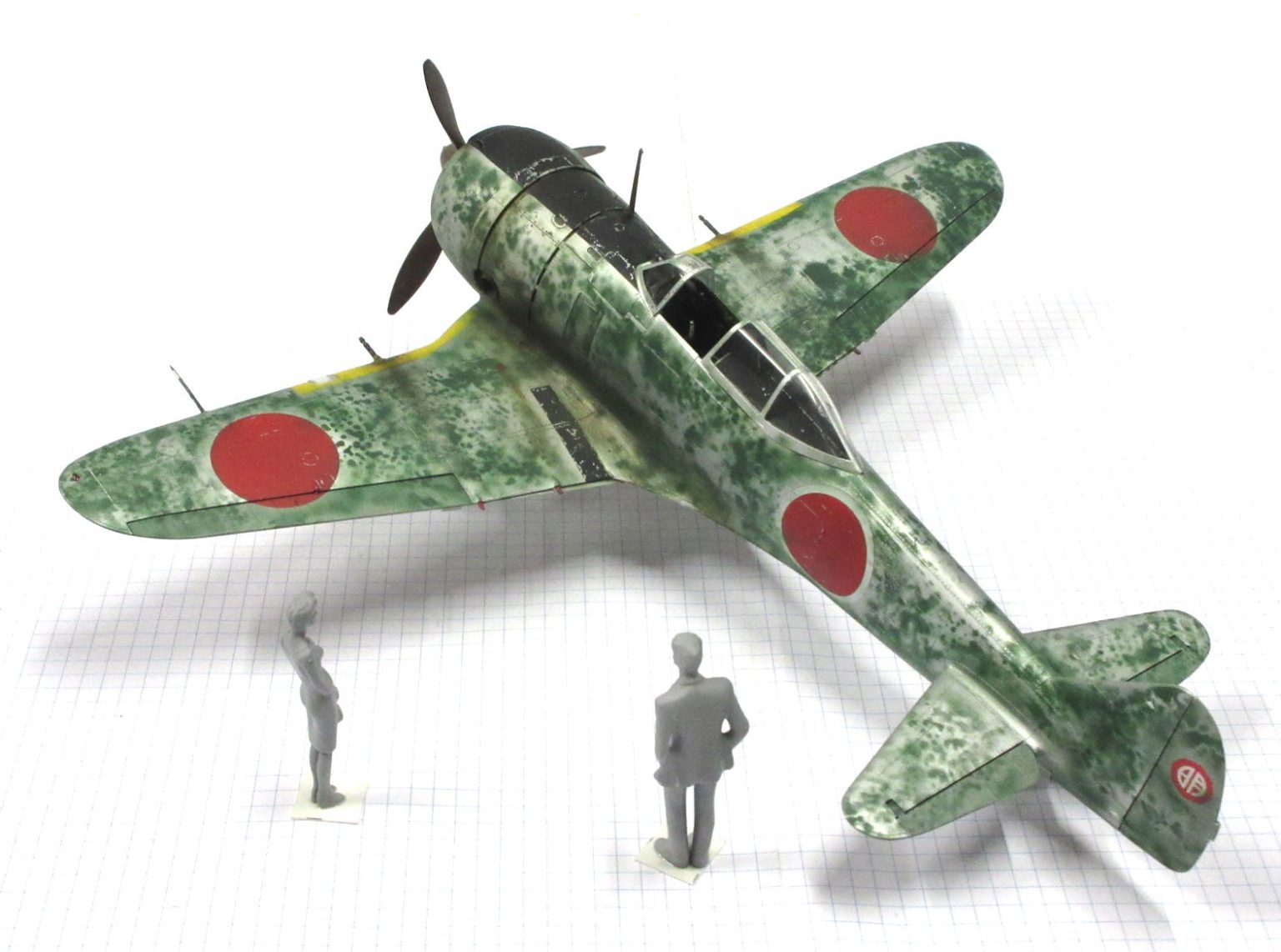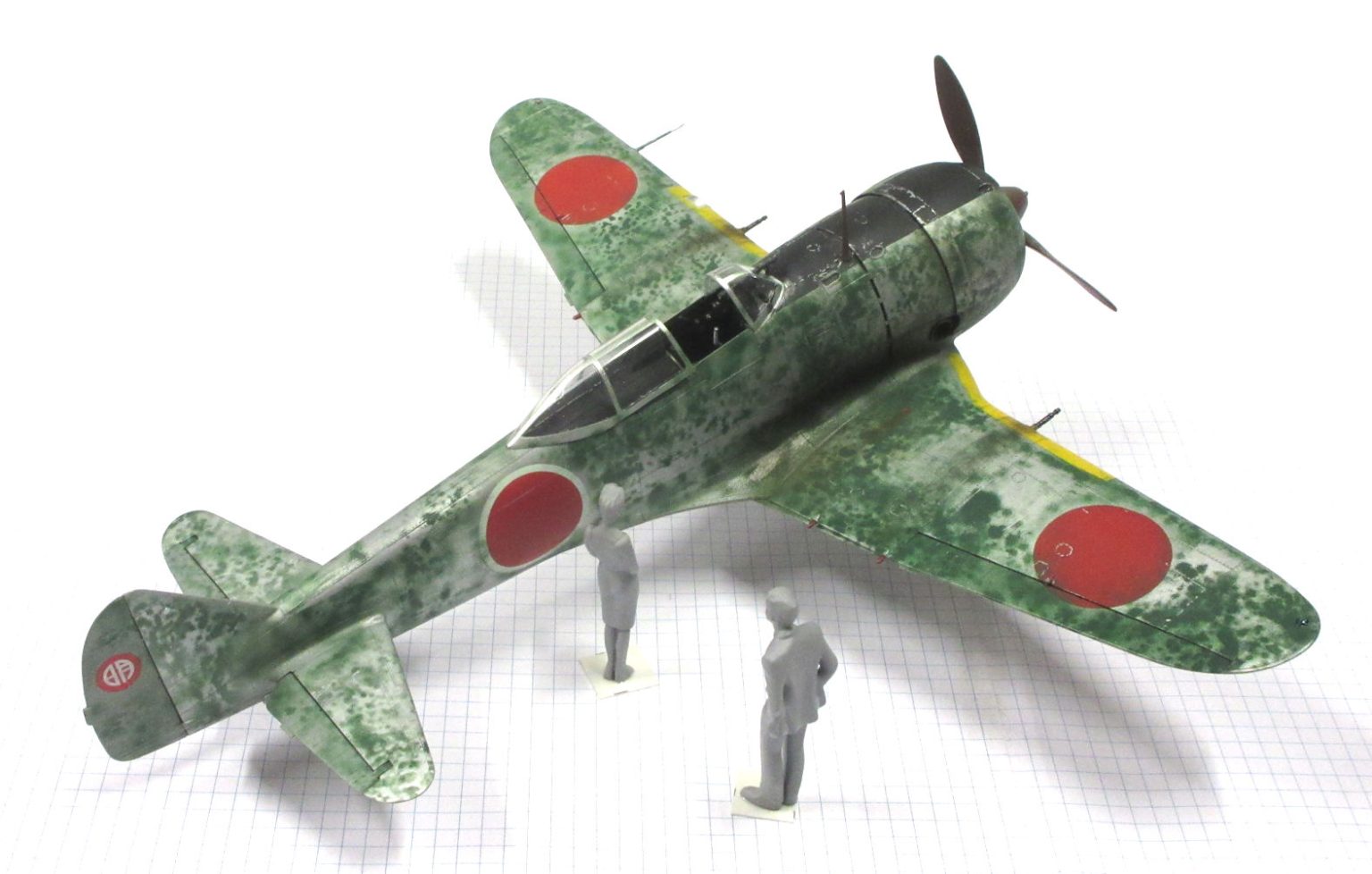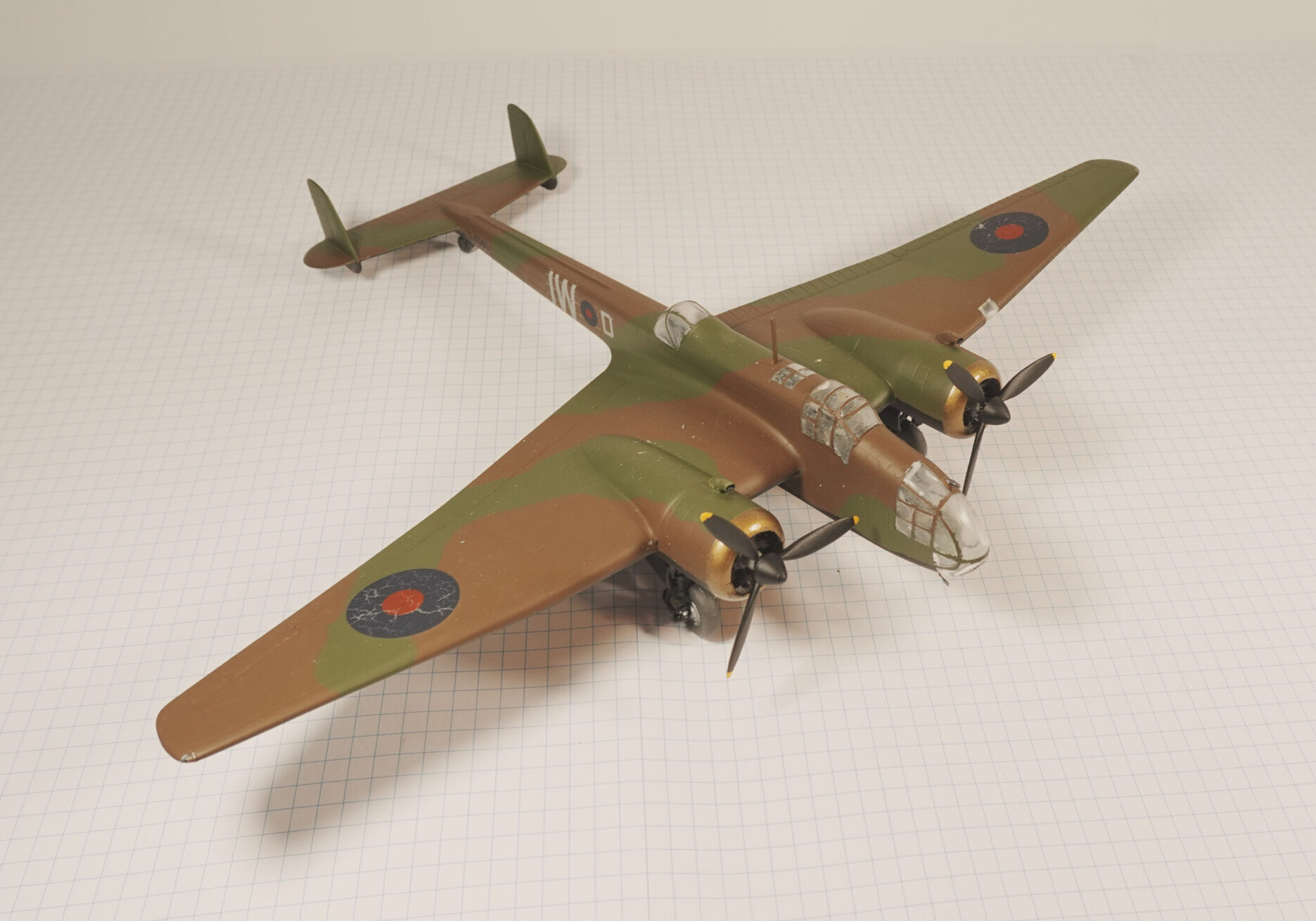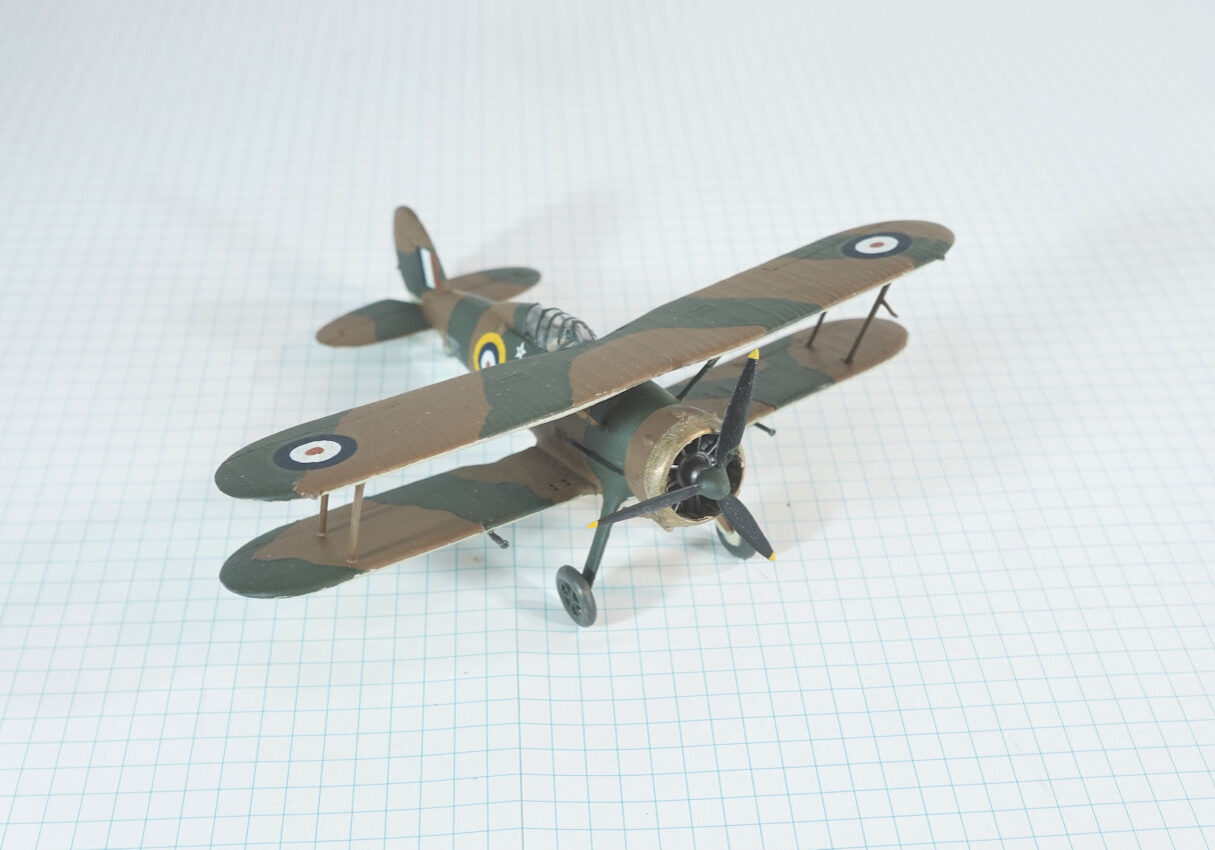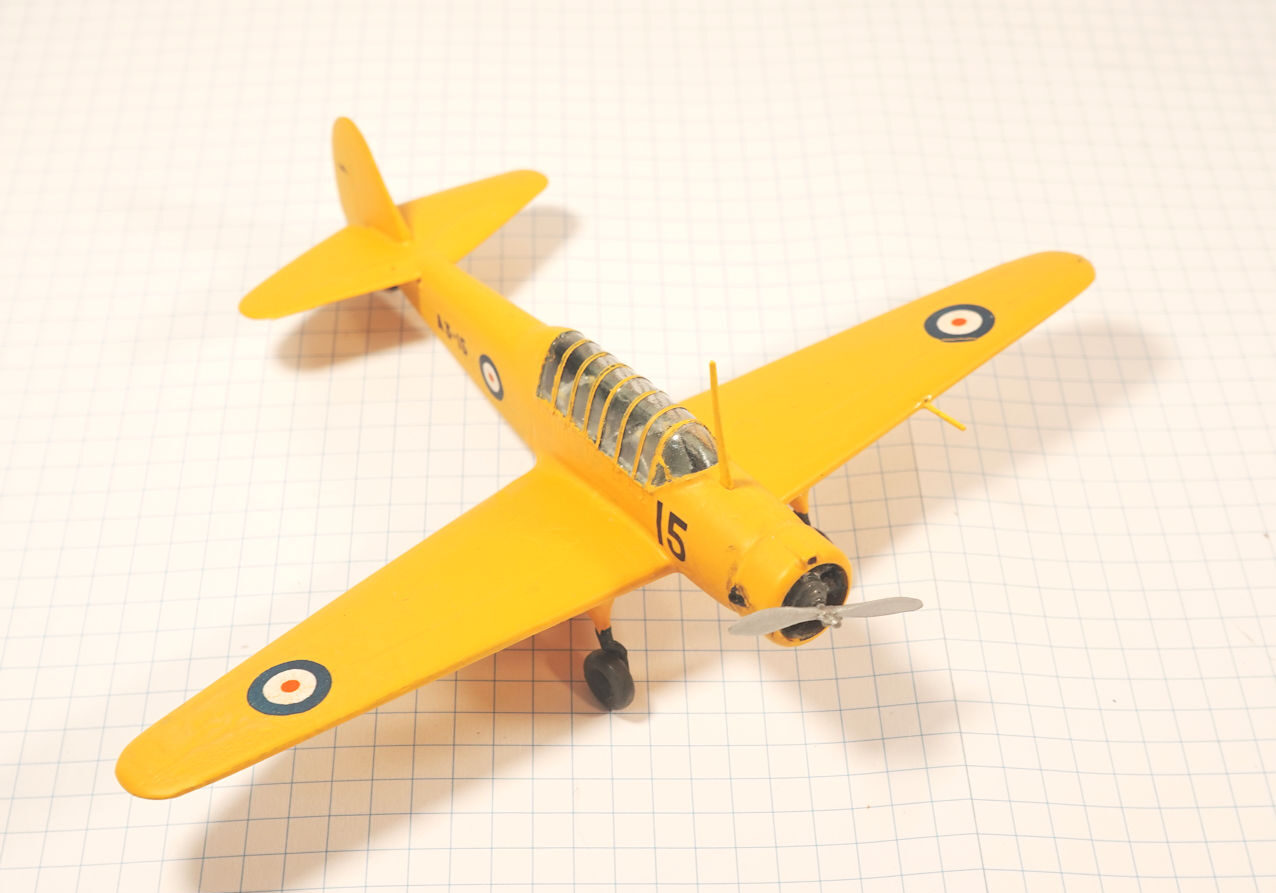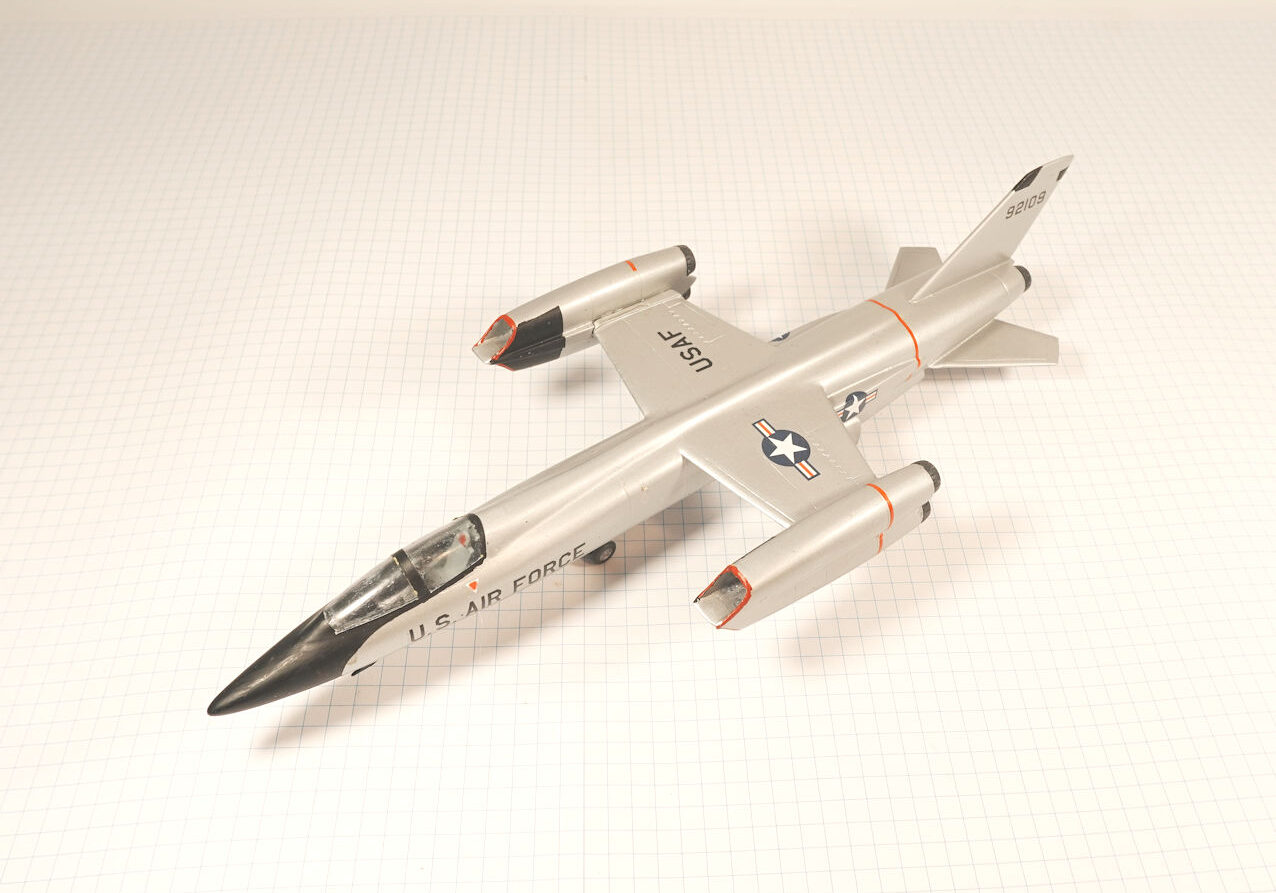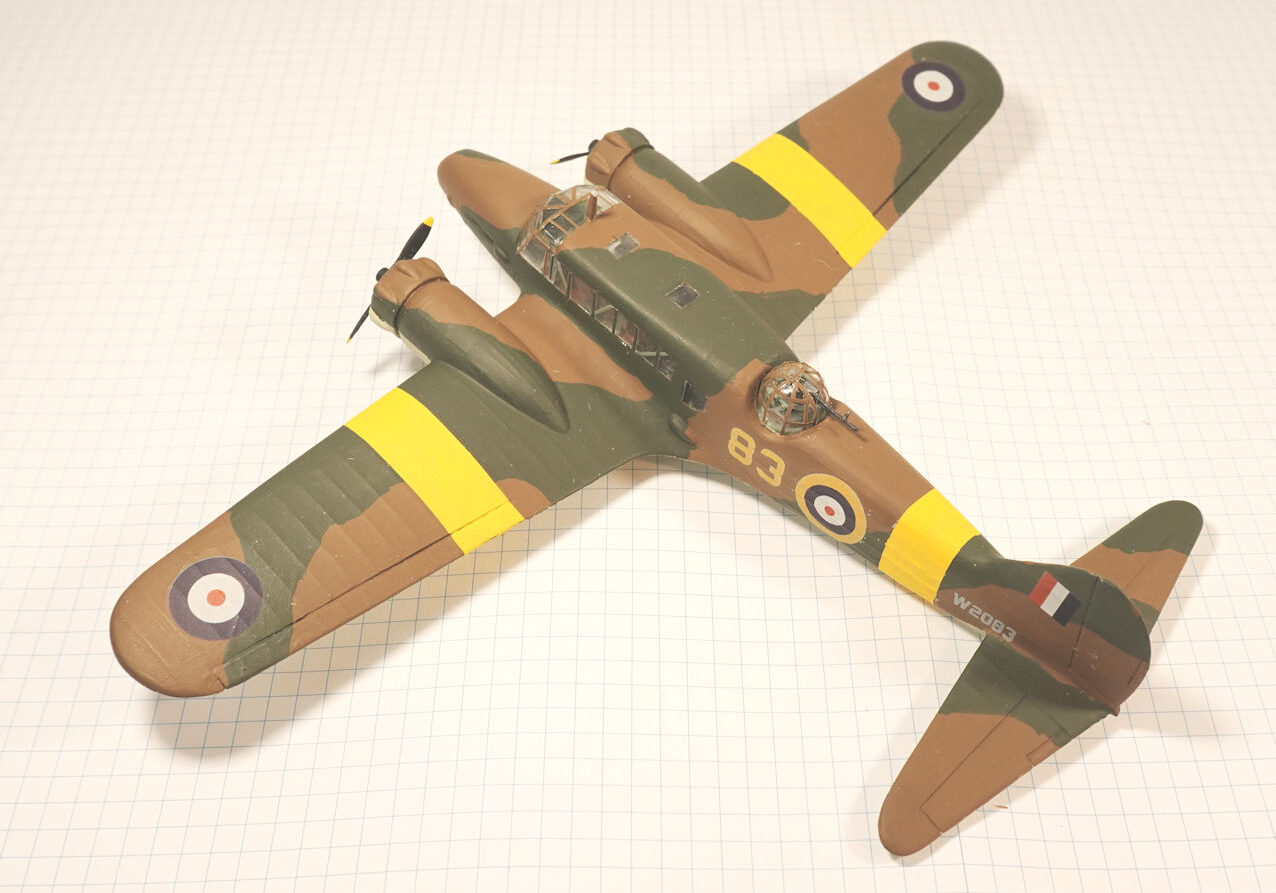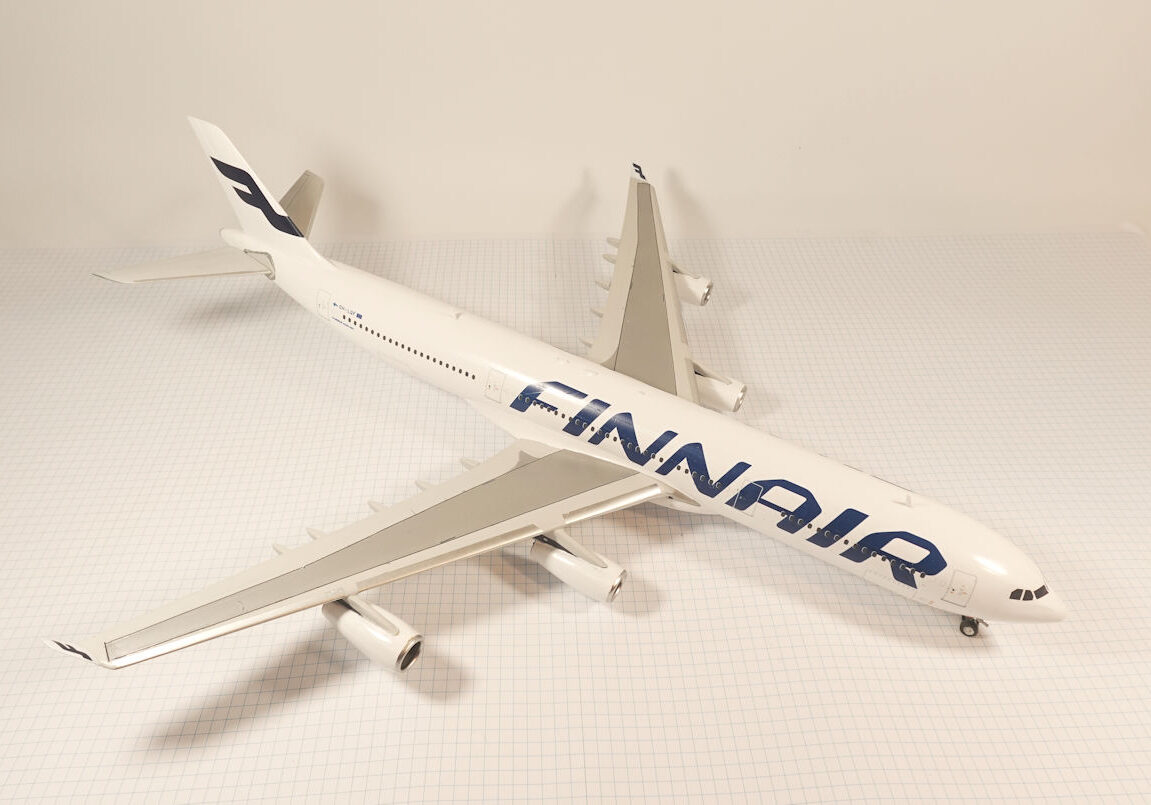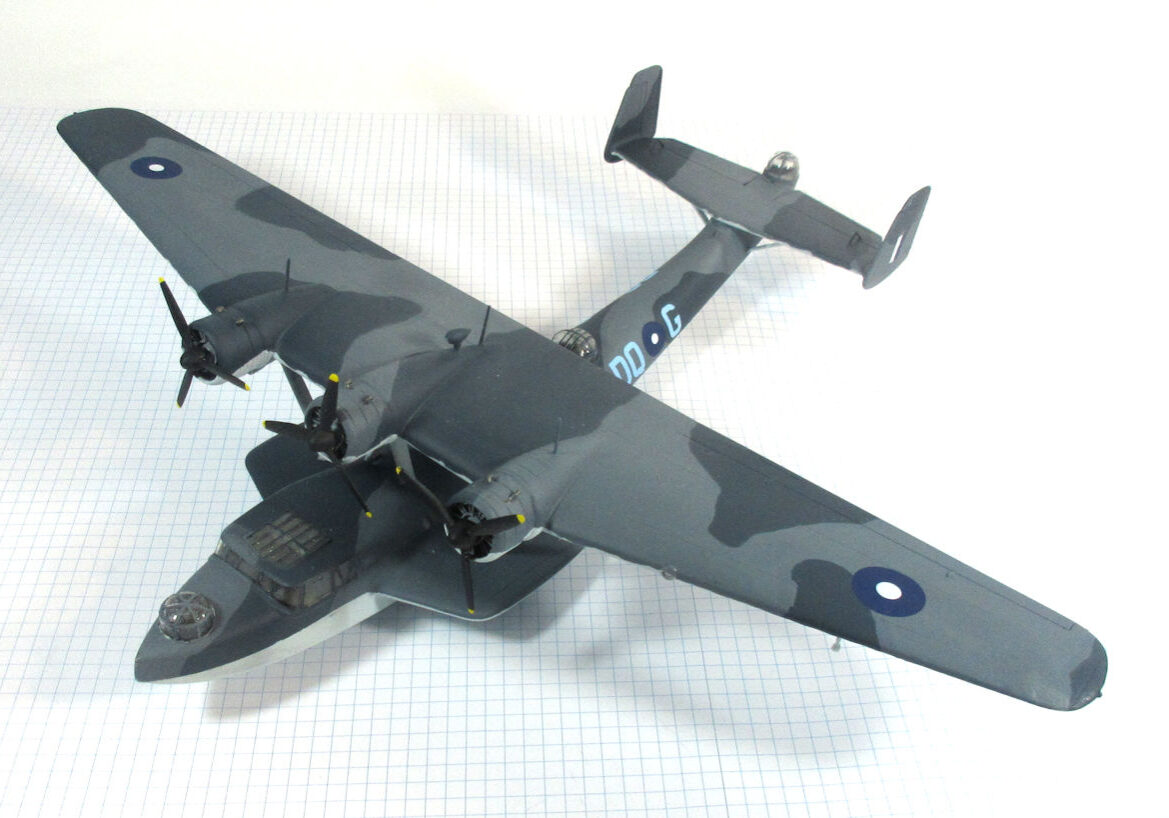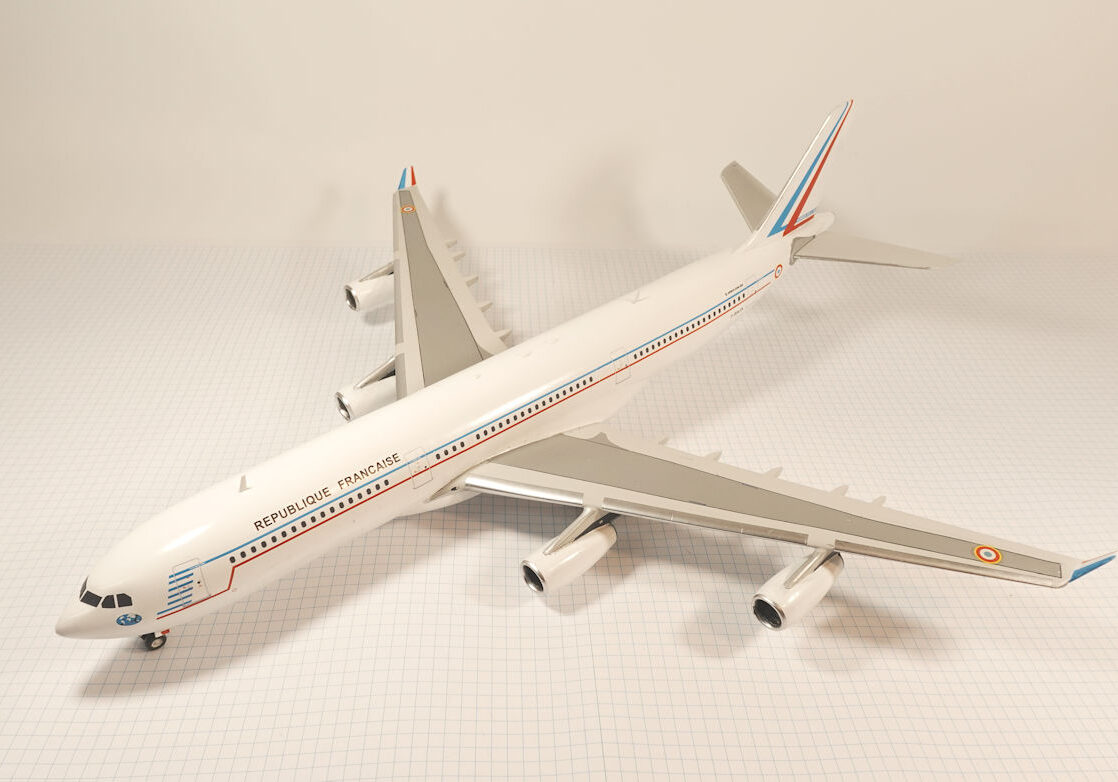History
The Nakajima Ki-44 (allied code name Tojo) was a Japanese interceptor fighter of World War 2. It favoured speed and rate of climb over manoeuverability and played a defensive role for most of the war.
The Nakajima Ki-44 was different from most other Japanese fighters of World War 2, being designed as a heavy fighter which featured speed and rate of climb over manoeuvrability.
It was introduced into service in 1942 and 1,225 were manufactured.
They were used mainly in defensive roles, initially in the South West Pacific Area and later in all Japanese theatres of the war as Japan was forced on the defensive.
At first they were the only fighter of the Imperial Japanese Army air force that could reach B-29 bombers and were used extensively in that role.
This model represents a Ki-44 of the Akeno Flying School which also flew in combat against B-29 Superfortress raids on Japan
Data: Single-seat fighter. Engine one Nakajima Ha-109 14 cylinder air-cooled radial piston engine of 1,1334kW. Wing span 9.45m. Length 8.84. Maximum take-off weight 2.993kg. Maximum speed 605km/h Range 1,200km. Armament two 7.7mm and two 12.7mm machine guns. Crew one.
Hasegawa 1/32 kit completed by Wayne Eagles in 2022.
